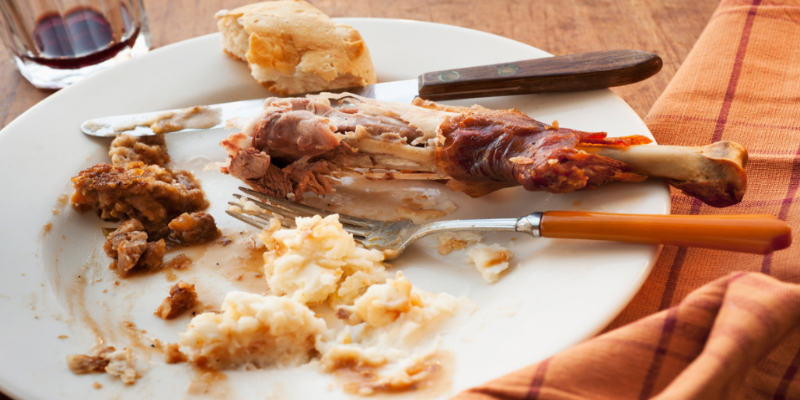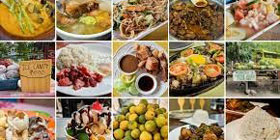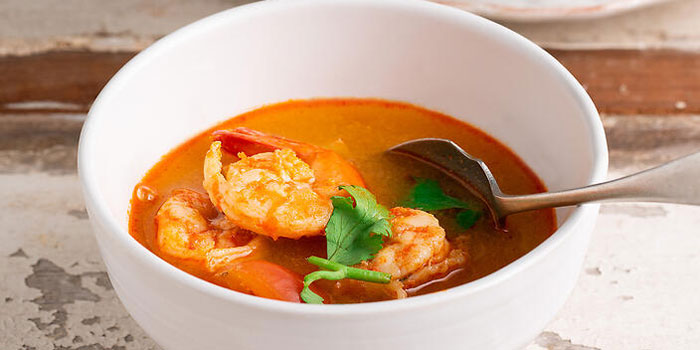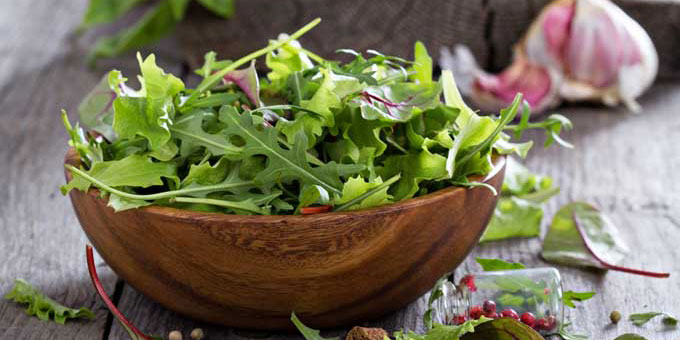Creative Fixes to Rescue Your Leftovers: Transforming Funky Foods Into Scrumptious Meals
Sep 16, 2023 By Triston Martin
You've been eyeing that container of leftovers in your fridge for days now, unsure if it's still safe to eat. While leftovers can be convenient and economical, the fear of foodborne illness or that strange 'Warmed Over Flavor' often deters us from enjoying them.
But with a few tricks up your sleeve, you can prevent the phenomenon that turns leftovers funky and rescue your leftovers from a fate in the trash bin.
The Science Behind the Funk: Understanding the Chemistry of Warmed Over Flavor
Have you ever noticed that leftovers don't taste the same after reheating? This funky flavor is known as "Warmed Over Flavor" or WOF. It's caused by chemical reactions that break down fats and proteins in the food during storage and reheating.
Polyunsaturated Fats
Here is how polyunsaturated fats affect leftover meal:
Oxidation Unleashed: Leftover meats harbor polyunsaturated fats, which undergo oxidation during storage. This breakdown yields compounds like aldehydes, releasing stale, rancid aromas.
Reheating Amplification: Upon reheating, these compounds intensify, spotlighting the notorious WOF. The process magnifies unpleasant smells, making them conspicuous.
Fat's Role: Beef, pork, and chicken with higher fat levels present a higher risk of robust WOF. Elevated fat content translates to increased oxidation and more pronounced aromas.
Proper Storage and Reheating

Hop on below to explore right way of storing and reheating the leftovers.
Airtight Guardianship: Swiftly store leftovers in airtight containers or zipper bags. This defense curbs air exposure, stalling oxidation and deterring WOF onset.
Smart Reheating: Optimal reheating techniques are crucial. Use the oven, stove, or microwave for short, 30-second bursts, stirring in between. This controlled approach prevents odor compound concentration.
Moist Heat Magic: Moist heat is your ally. Its introduction during reheating prevents the over-concentration of odor compounds, taming the intrusive WOF.
Avoid Double Reheating: Rule of thumb: refrain from reheating leftovers more than once. Multiple reheating cycles exacerbate the potency of WOF.
You can rescue leftovers and transform them into delicious new meals by understanding the phenomenon that turns leftovers funky and following proper storage/reheating methods. A little creativity with sauces and spices or combining leftovers in exciting ways will have you relishing leftovers again in no time. Your taste buds and wallet will thank you!
Comparison of Meats, Cooking Methods, Storage and Reheating for Minimizing WOF
The phenomenon that turns leftovers funky explains that when it comes to leftovers, some foods are more prone to developing the dreaded “Warmed Over Flavor” (WOF) than others. In general, meats with high amounts of polyunsaturated fatty acids, like chicken, fish, and pork, are most susceptible.
Cooking Method Matters
The way you initially cook the meat also plays a role. Grilling, broiling, and roasting create more WOF than braising, stewing, or poaching. This is because the high, direct heat used in the former methods causes more oxidation of fats.
Proper Storage Prevents Problems
How you store leftovers is critical. Always refrigerate within 2 hours of cooking and use an airtight container or ziplock bag, pressing out excess air. This limits exposure to oxygen and prevents moisture loss. For best quality, eat refrigerated leftovers within 3 to 4 days.
Reheating Right
When reheating, use the stovetop, oven, or microwave, and make sure the temperature reaches 164 F. The microwave, in particular, can further accelerate WOF, so reheat leftovers in short 30-second bursts, stirring in between.
By choosing meats lower in polyunsaturated fats, using moist-heat cooking methods, properly storing leftovers, and reheating them carefully, you can minimize WOF and have leftovers that taste nearly as good as the fresh-cooked original. With a few creative additions like sauces, spices, or mixing into new dishes, your portions can be even better the second time around!
Creative Fixes to Rescue Funky Leftovers: Sauces, Spices, and New Dishes That Transform Unappetizing Foods
When funky leftovers are threatening to spoil in your fridge, don’t toss them just yet. A few creative fixes can transform sad leftovers into scrumptious meals.
Savory Sauces
A quick sauce or gravy can mask unwanted flavors and rejuvenate leftovers. For meaty leftovers like chicken, beef, or pork, whip up a mushroom sauce, tomato-based pasta sauce, or creamy curry sauce. Toss with pasta, rice, or veggies for a satisfying second-day supper.
Chili, stews, and soups also make great vehicles for leftovers. Simmer leftovers with broth and veggies until heated, then puree for a thick, rich soup. Or add cubed scraps to chili or stew for a hearty, budget-friendly meal.
Spicy Spices

Spices are alchemists that can turn leftovers funky and gold. Add chili powder, cumin, garlic, or onion to boost flavor. Cilantro, basil, and rosemary also freshen up leftovers. Mix and match to create your own signature spice blend.
New Dishes
Get creative by using leftovers in entirely new dishes. Chop leftover chicken and toss in enchiladas, sandwiches, or fried rice. Leftover rice and veggies are perfect for veggie burgers or fritters. Mashed potatoes make fluffy potato pancakes.
With a little ingenuity, you can conquer leftovers and reduce food waste. Don’t be afraid to experiment - you might just discover a new favorite dish! Your wallet and the planet will thank you.
Final Thoughts
Now that you are armed with the knowledge of what causes WOF and how to prevent it, you have no excuse to let your leftovers go to waste. Get creative in the kitchen and transform your leftovers into delicious new meals. Whether adding spices and sauces or combining them with fresh ingredients, put your culinary skills to work. Your taste buds and wallet will thank you.
As leftovers stare at you from the fridge, don't worry - you've got this. While reheating leftovers may seem unappealing due to the dreaded 'Warmed Over Flavor' that can develop, a few creative fixes can transform your funky foods into scrumptious meals once again.
-
 Feb 13, 2023
Feb 13, 2023Interesting Facts About Filipino Food
There is so much to love about Filipino food, from its rich history and cultural influences to its diverse flavors and ingredients. Whether you are a seasoned foodie or a curious beginner, Filipino cuisine is a must-try for anyone looking to experience something new and exciting. So why not take the opportunity to explore this amazing cuisine and discover the many delicious dishes it has to offer
-
 Feb 14, 2023
Feb 14, 2023Ways To Make Tom Yum Soup
Tom Yum Soup is a flavorful and warming Thai classic that is perfect for cold winter nights. With its fragrant lemongrass, kaffir lime leaves, and chilli peppers, this soup is sure to satisfy your cravings and leave you feeling satisfied. So why not give this delicious soup a try and enjoy a taste of Thailand in your own home
-
 Sep 03, 2023
Sep 03, 2023Is steak salad good for weight loss: All You Need To Know
Steak salad is your best option to shed some weight with diet. The steak salad is a rich source of protein and is beneficial for someone who is on a deficit diet
-
 Feb 13, 2023
Feb 13, 2023Everything You Should Know About Bottled Salad Dressings
Bottled salad dressings are a great way to increase your vegetable consumption in 2023. They’re convenient, time-saving, and a delicious way to make veggies taste amazing. So, next time you’re looking to add more veggies to your diet, consider incorporating one of these delicious bottled salad dressings into your routine
